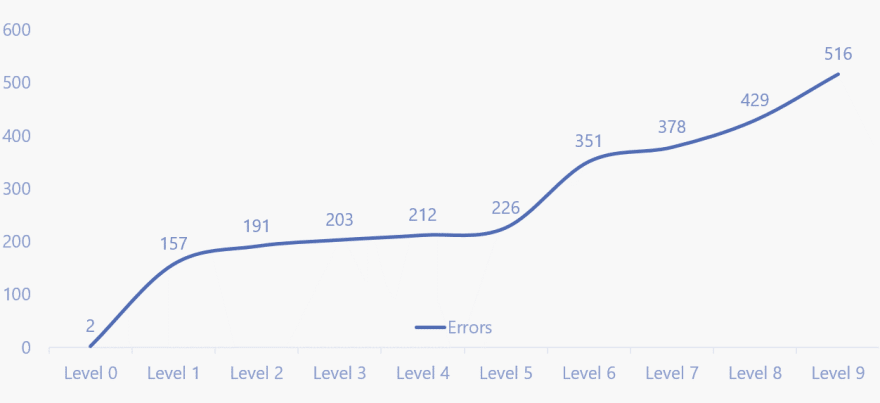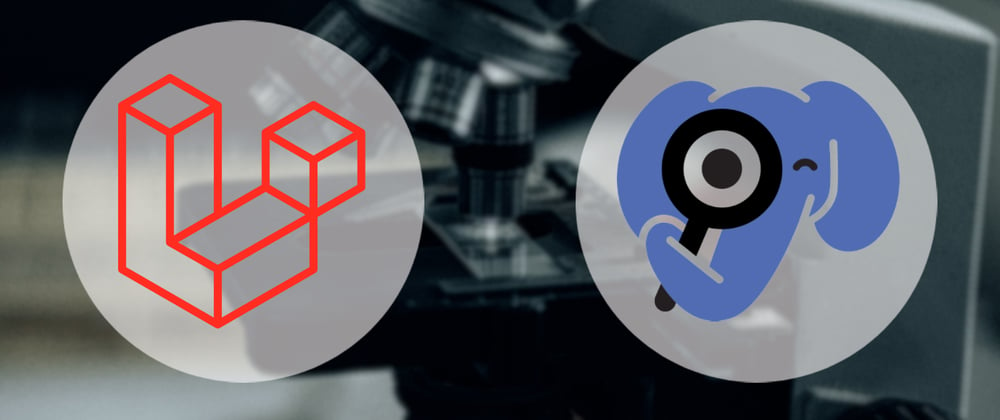Code analysis is the process of testing and evaluating a program either statically or dynamically.
Dynamic analysis is the process of testing and evaluating a program — while software is running. It addresses the diagnosis and correction of bugs, memory issues, and crashes of a program during its execution. While static code analysis is a method of evaluating a program by examining the source code before its execution. It is done by analyzing a set of code against a set of coding rules.
Static analysis takes place before software testing begins. It guarantees that the code you pass on to testing is the highest quality possible. It also provide an automated feedback loop so the developers will know early on which in turn make it easier, and cheaper, to fix those problems.
Code analysis is the process of testing and evaluating a program either statically or dynamically.
Dynamic analysis is the process of testing and evaluating a program — while software is running. It addresses the diagnosis and correction of bugs, memory issues, and crashes of a program during its execution. While static code analysis is a method of evaluating a program by examining the source code before its execution. It is done by analyzing a set of code against a set of coding rules.
Static analysis takes place before software testing begins. It guarantees that the code you pass on to testing is the highest quality possible. It also provide an automated feedback loop so the developers will know early on which in turn make it easier, and cheaper, to fix those problems.
In this tutorial we are going to discuss:
- Code Analysis Jargons
- What Does PHPStan Bring?
- How to Use PHPStan?
- Limitations of Static Analysis
- Helpful Links
Code Analysis Jargons
Before moving to PHPStan, or any other tool, we need to be familiar with the terms that are commonly used in the code analyzation world. You can also think of them as what the tools will be looking for in your software.
Measurements
- Naming
Checking if variables and methods’ names, are they too short or too long? Do they follow a naming convention like camel-case?
- Type Hinting
Some tools can suggest a name consistent with the return type. For example a getFoo() method that returns a boolean is better be named isFoo().
- Lines of Code
Measures the line of codes in your class or method against a maximum value. In addition to the number of method's parameter or class' number of public methods and properties.
- Commented Code
Most of the time no commented out block of code will be allowed, as long as you are using a version control system, you can remove unused code and if needed, it's recoverable.
- Return Statements
How many return statements do you have through out your method? Many return statements make it difficult to understand the method.
- Return Types
Makes sure that return type matches the expected. Having many return types possibilities confuses the analyzers.
Code Structure
- Dedicated Exceptions
Ensure the use of dedicated exceptions, instead of generic run-time exceptions, that can be cached by client code.
- No Static Calls
Avoid using static calls in your code and instead use dependency injection. Factory methods is the only exception.
- DRY
Checks for code duplication either in repeating literal values or whole blocks of code.
Complexity
Having a lot of control structures in one method AKA the pyramid of doom. Possible fixes include:
- Early return statements
- Merging nested if statements in combination with helper functions that make the condition readable
Security Issues
- Cipher Algorithms
Ensure the use cryptographic systems resistant to cryptanalysis, which are not vulnerable to well-known attacks like brute force attacks for example.
- Cookies
Always create sensitive cookies with the “secure” flag so it’s not sent over an unencrypted HTTP request.
- Dynamic Execution
Some APIs allow the execution of dynamic code by providing it as strings at runtime. Most of the time their use is frowned upon as they also increase the risk of code injection.
What Does PHPStan Bring?
Running PHPStan for the First Time
I have been using SonarQube for quite long time but when I first came across PHPStan repo I found this arguable claim...
PHPStan focuses on finding errors in your code without actually running it. It catches whole classes of bugs even before you write tests for the code. It moves PHP closer to compiled languages in the sense that the correctness of each line of the code can be checked before you run the actual line.
So to put it to the test, I installed PHPStan in an application that has been analyzed with SonarQube since day one and the results were impressive

PHPStan has many rule levels, and as you can see, the higher the level we select the more errors we get with a maximum of 516 errors. Now the question is, which level should we select? Well first we need to know what are the rules of each level.
Rule Levels
| Level | Name | Details |
|---|---|---|
| 00 | Basic Checks | Checks for Unknown classes, unknown functions, unknown methods called on $this, wrong number of arguments passed to those methods and functions, always undefined variables. |
| 01 |
$this Unknowns |
Possibly undefined variables, unknown magic methods and properties on classes with __call and __get. |
| 02 | Methods | Unknown methods checked on all expressions (not just $this), validating PHPDocs.
|
| 03 | Types | Checks for return types, types assigned to properties. |
| 04 | Dead Code | Basic dead code checking - always false instanceof and other type checks, dead else branches, unreachable code after return; etc. |
| 05 | Arguments | Checking types of arguments passed to methods and functions. |
| 06 | Type Hints | Reports missing type hints. |
| 07 | Union Types | Reports partially wrong union types, if you call a method that only exists on some types in a union type, level 7 starts to report that. |
| 08 | Nullable Types | Report calling methods and accessing properties on nullable types. |
| 09 | Mixed Type | Be very strict about the mixed type, the only allowed operation you can do with it is to pass it to another mixed. |
How to Use PHPStan?
Installation
To use PHPStan with Laravel we are going to use Larastan extension. Extensions are useful when there are subjective bugs or to accommodate to a certain framework while taking advantage of PHPStan capabilities.
- First we install the package with composer
composer require nunomaduro/larastan:^2.0 --dev
Note: This version requires PHP 8.0+ and Laravel 9.0+
- Then you can start analyzing your code with the console command using the default configuration of PHPStan
./vendor/bin/phpstan analyse app --memory-limit=25
Here we specified the path that we want to analyze app and the memory limit 25 MB. You can find all the options of the command line here.
Configuration File
PHPStan uses configuration file, phpstan.neon or phpstan.neon.dist, that allows you to:
- Define the paths that will be analyzed.
- Set the rule level.
- Exclude paths.
- Include PHPStan extensions.
- Ignore errors.
- Define the maximum number of parallel processes
Here is an example of a simple configuration file which by default lives in the root directory of your application but you can learn more from the configuration reference.
includes:
- ./vendor/nunomaduro/larastan/extension.neon
parameters:
paths:
- app
- config
- database
- routes
# The level 9 is the highest level
level: 5
ignoreErrors:
- '#PHPDoc tag @var#'
parallel:
maximumNumberOfProcesses: 4
noUnnecessaryCollectionCall: false
checkMissingIterableValueType: false
Ignoring Errors
Most probably, you are going to need to ignore some errors which is luckily allowed in two different ways:
- Inline using PHPDoc tags
function () {
/** @phpstan-ignore-next-line */
echo $foo;
echo $bar /** @phpstan-ignore-line */
}
- From the configuration file and this is actually more clean
parameters:
ignoreErrors:
-
message: 'Access to an undefined property [a-zA-Z0-9\_]+::\$foo'
path: some/dir/someFile.php
-
message: '#Call to an undefined method [a-zA-Z0-9\_]+::doFoo()#'
path: other/dir/DifferentFile.php
count: 2 # optional, and it will ignore the first two occurances of the error
-
message: '#Call to an undefined method [a-zA-Z0-9\_]+::doBar()#'
paths:
- some/dir/*
- other/dir/*
The Baseline
Introducing PHPStan to the CI pipeline, increasing strictness level or upgrading to a newer version can be overwhelming. PHPStan allows you to declare the currently reported list of errors as “the baseline” and stop reporting them in subsequent runs. It allows you to be interested in violations only in new and changed code.
If you want to export the current list of errors and use it as the baseline, run PHPStan with --generate-baseline option
./vendor/bin/phpstan analyse --memory-limit=25 --generate-base
Note: We dropped the path option from the example in installation as it is now being set in the config file.
It will generate the list of errors with the number of occurrences per file and saves it in phpstan-baseline.neon. Finally we add the baseline file to our includes
includes:
- ./vendor/nunomaduro/larastan/extension.neon
- phpstan-baseline.neon
Adding PHPStan to Your CI/CD
Adding PHPStan to the CI/CD pipeline and running it regularly on merge requests and main branches will increase your code quality. In addition to helping in code review.
Embed this snippet in your gitlab-ci.yml file and a code quality report will be generated for any merge request, changes to develop or master branches in addition to release and hotfix branches.
stages:
- staticanalysis -
phpstan:
stage: staticanalysis
image: composer
before_script:
- composer require nunomaduro/larastan:1.0.2 --dev --no-plugins --no-interaction --no-scripts --prefer-dist --ignore-platform-reqs
script:
- vendor/bin/phpstan analyse --no-progress --error-format gitlab > phpstan.json
cache:
key: ${CI_COMMIT_REF_SLUG}-composer-larastan
paths:
- vendor/
artifacts:
when: always
reports:
codequality: phpstan.json
allow_failure: true
dependencies:
- php-cs-fixer
needs:
- php-cs-fixer
only:
- merge_requests
- master
- develop
- /^release\/[0-9]+.[0-9]+.[0-9]$/
- /^hotfix\/[0-9]+.[0-9]+.[0-9]$/
Limitations of Static Analysis
Static analysis is not a substitute for testing, they are different tools targeting different domains in the development lifecycle, and it has some limitation:
- No Understanding of Developer Intent
function calculateArea(int $length, int $width): int
{
$area = $length + $width;
return;
}
In the above function, a static code analysis tool might detect that the returned value does not match the defined type but it cannot determine that the function is semantically wrong!
- Some rules are subjective depending on the context.
- False Positives and False Negatives.







Oldest comments (1)
If you are a macOS user, ServBay.dev is worth to try. You don't need to spend some time or couple of days to setup anything. Just download it and you can use it immediately. You can run multiple PHP versions simultaneously and switch between them effortlessly.
Honestly, this tool has greatly simplified my PHP development and is definitely worth trying!